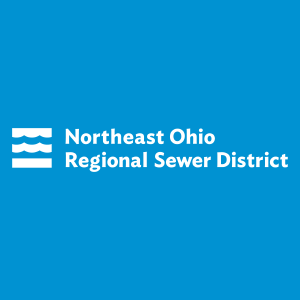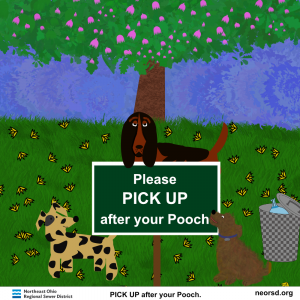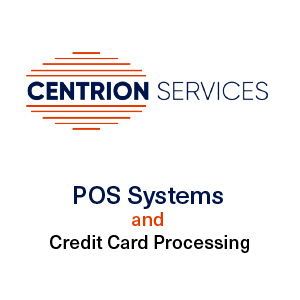Is your drinking water as clean as you think? Microscopic contaminants, from bacteria to chemicals, may be lurking in every sip. Water is one of the most essential components of life, alongside oxygen. Our body is made up of about 60% water, surprising, right? While water may be bountiful within, our Earth’s supply of clean water is finite. That’s why we must be mindful and take action to conserve and protect it.
Many common water contaminants go unnoticed in our daily lives. The Safe Drinking Water Act defines the term “contaminant” as meaning any physical, chemical, biological, or radiological substance or matter in water. Physical contaminants primarily impact the physical appearance or other physical properties of water. Examples of physical contaminants are sediment or organic material suspended in the water of lakes, rivers and streams from soil erosion. Chemical contaminants are elements or compounds. These contaminants may be naturally occurring or man-made. Examples of chemical contaminants include nitrogen, bleach, salts, pesticides, metals, toxins produced by bacteria, and human or animal drugs. Biological contaminants are organisms in water. They are also referred to as microbes or microbiological contaminants. Examples of biological or microbial contaminants include bacteria, viruses, protozoa, and parasites. Radiological contaminants are chemical elements with an unbalanced number of protons and neutrons resulting in unstable atoms that can emit ionizing radiation. Examples of radiological contaminants include cesium, plutonium and uranium.
Water conservation can go a long way. We must inform others of the importance of conserving our clean water. It takes an immense amount of energy to treat contaminated water and desalinate ocean water. The good news? You can help with clean water conservation by making small changes in your daily routine:
- Check toilets and sinks for leaks → can add up!
- Take shorter showers → save unnecessary water usage
- Take baths → uses less water than showers
- Turn off the water when brushing your teeth → unnecessary waste
- Turn off the water when shaving → unnecessary waste
- Use your dishwasher for full loads only → reduce dishwasher uses
- Keep a bottle or pitcher of drinking water in the refrigerator → This puts a stop to the wasteful practice of running tap water to cool it for drinking.
- Water your lawn only when necessary
- Make sure that your children don’t play with the hose and sprinklers
Small actions lead to big changes. By conserving water, we not only safeguard our own health but also protect the planet for future generations.
Sources:
- Volusia County Florida. 2016. “25 Ways to Save Water.” Www.volusia.org. February 25, 2016. https://www.volusia.org/services/growth-and-resource-management/environmental-management/sustainability-and-resilience/water-conservation/25-ways-to-save-water.stml.
- US EPA. 2018. “Types of Drinking Water Contaminants | US EPA.” US EPA. July 31, 2018. https://www.epa.gov/ccl/types-drinking-water-contaminants.
- “Clean Water Works: Podcast Episodes and TV Archives – Northeast Ohio Regional Sewer District.” 2024. Neorsd.org. 2024. https://www.neorsd.org/community/educational-resources/clean-water-works-tv-clean-water-news-for-greater-cleveland/.



















